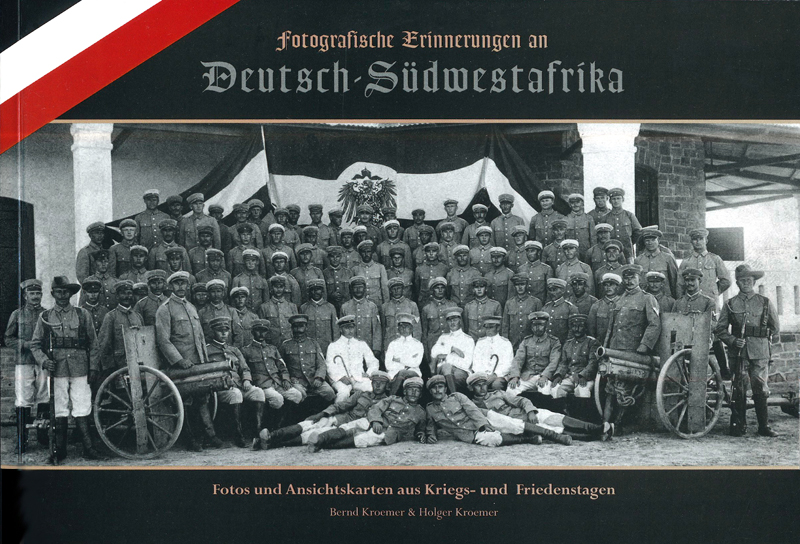Happy inauguration day, everyone! Regardless of which candidate you voted for, I hope you have found peace and hope for the upcoming four years. Being outside of the US has definitely aided in that process, despite being frequently challenged and asked to defend American politics.
Also, a brief aside - my access to Wifi in Namibia is quite limited, which has made publishing blog posts quite difficult. Thanks for your patience, and hopefully better wifi is yet to come!
Also, a brief aside - my access to Wifi in Namibia is quite limited, which has made publishing blog posts quite difficult. Thanks for your patience, and hopefully better wifi is yet to come!
Namibia

Had you heard of Namibia before? I hadn’t heard of it prior to preparing my application for the Keegan Fellowship. This blog post is to establish some background information on Namibia, before we jump in on its school feeding program.
Namibia: The basics, and clarifying the misleading basics
Namibia is located on the coast of southwestern Africa, right above South Africa. Namibia gained its independence from South Africa in 1990, and had been a colony of South Africa since the end of WWII. The country has strong German, Dutch, and Afrikaans influence.

A Brief History
Namibia is home to at least 11 ethnic groups, with beautiful languages and cultures. The San, also called Bushmen, are the most famous cultural group in Namibia and are believed to be the oldest tribe in human history. The various ethnic groups traveled through and thrived in all terrains of Namibia.
Germany colonized Namibia (then called Deutsch Südwestafrika, or “German Southwest Africa”) in 1884 and maintained control until WWI. After Germany lost the war and its territories, the League of Nations “gave” Namibia to South Africa.

During their time in Namibia, the Germans caused a lot of bloodshed; the Herero and Namaqua wars in the early 1900s wiped out 50-70 percent (24,000 to 65,000 people) of the Herero cultural group and 50 percent (10,000) of the Nama cultural group. In contrast, 150 German soldiers died.
The relationship between German South-West Africa and South Africa was … contentious. South Africa clung onto South-West Africa until war broke out in the late 1980s. The opposition party responsible for igniting the revolution, SWAPO, is still in power today. For a detailed look into the relationship between South Africa and Namibia, take a look here.
Despite being a large country, the population of Namibia is only 2.3 million citizens. The population density of Namibia is only 2.78 persons per square kilometer. In contrast, neighboring Angola has a population density of 20.07 persons per sq km, and the US is 20.35 persons per sq km. Most Namibians live in the northern part of Namibia, called the Caprivi Strip, or in the capital, Windhoek. A significant portion of Namibia’s geography is desert, which partly explains why the population is so concentrated in northern Namibia.
The Economics of Namibia
If you were to google “Namibia,” many websites would list Namibia as an “upper middle-income” African country. However it is important to clarify that while it is upper middle-income, wealth disparity is extreme in Namibia. In 2015, it had the highest GINI index in the world, meaning that its wealth polarization was higher than any other country. Wealth polarization is somewhat correlated with skin color; though White people take up only 6 percent of the population, they own almost 30 percent of all land in Namibia. This is likely reminiscent of Apartheid in Namibia when it was controlled by South Africa. Though locals have said that Namibia did not experience Apartheid as severely as South Africa, Namibian townships (the locations where Black people could legally live during Apartheid) carry disproportionate levels of poverty.

Currently, 27.6 percent of Namibians live in poverty, and 35 percent of Namibians live on less than $1 per day. Poverty tends to be more concentrated in rural areas, though major cities do have I’ll be writing about this later, but this wealth disparity creates an environment where Namibia’s school feeding programme can have a significant impact on breaking the inter-generational cycle of poverty.

No comments:
Post a Comment